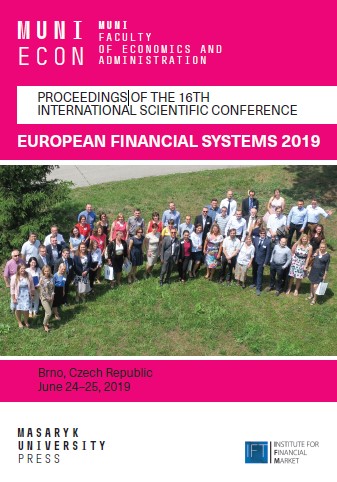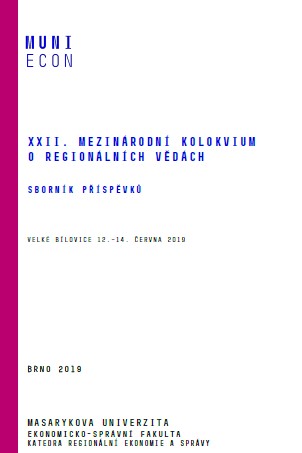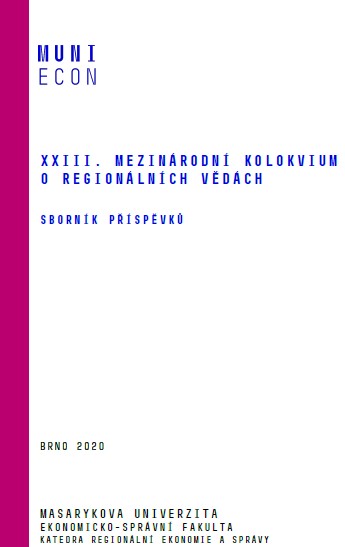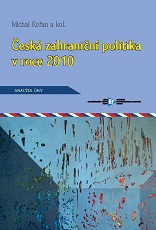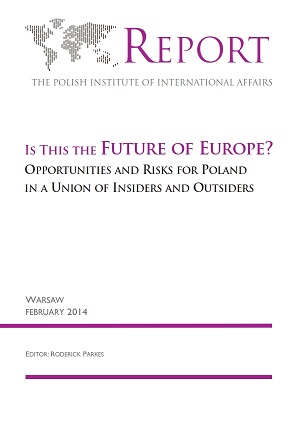
Poland and the European Union—Three Ideas of the Future
As the previous chapter shows, the EU’s eastern enlargement was famously incomplete. At the point of accession, the 10 newcomers remained outside core facets of cooperation, not because of UK-style opt-outs and hard-won derogations, but because they were deemed unready for full membership. The last decade was a period when “differentiated integration” was still perceived as an inclusive format, permitting an avant-garde of states to press ahead in an area of policy whilst leaving the door open to more hesitant or less advanced members to join later. The result, as we now know, was the reverse—a series of projects based on shaky foundations that have subsequently been shored up to the exclusion of others. Rather than a decade of consolidation, which many expected after 2004, the last decade has seen a massive but uneven leap in European integration.
More...
